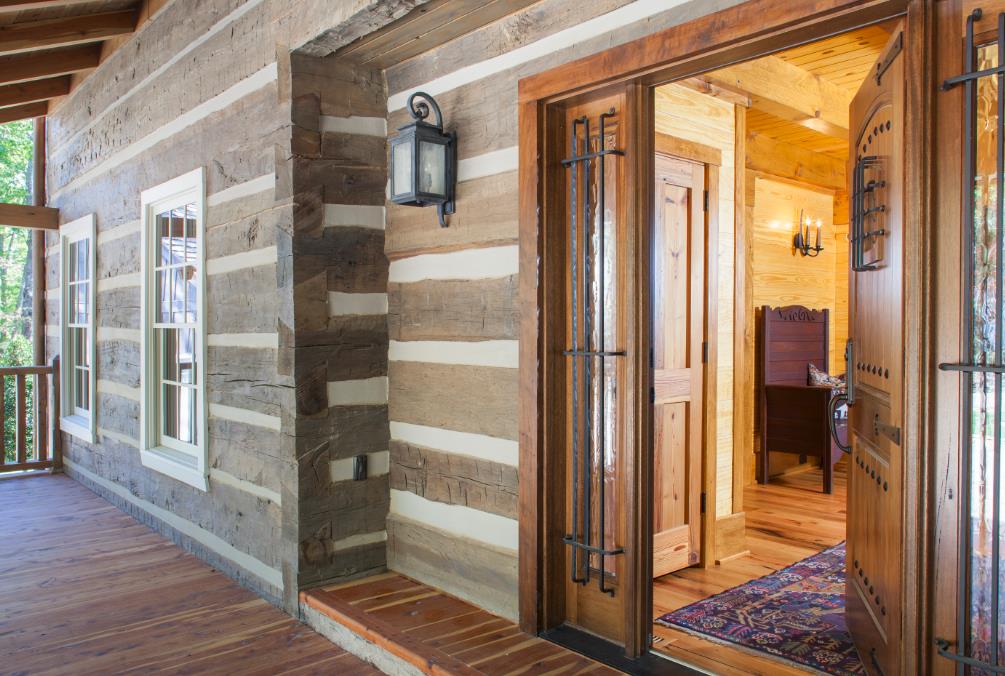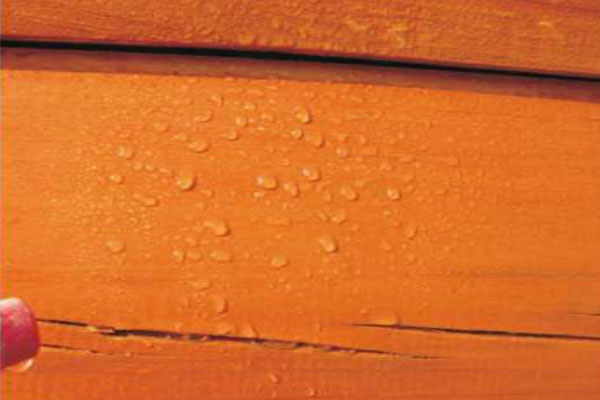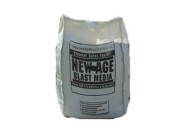 Perma-Chink Systems, Inc
Log & Timber Home Care Experts
Perma-Chink Systems, Inc
Log & Timber Home Care Experts
Michael
 By Seth Murphy
By Seth Murphy
papadiy.com
Home improvements can be expensive, but they can greatly increase your home’s value. When it comes time to decide which improvements to make, there are a few things to consider. Here are some tips on how to improve your home to increase its resale value.
There are literally hundreds of wood boring beetle species that infest live trees, but only a few that commonly create problems in log homes. Occasionally a beetle larva that was in a tree when it was harvested will later emerge as an adult out of a log in a home but since these beetles can't reinfest dead wood, these types of infestations end within a few years. It's the beetles that specialize in consuming seasoned wood that present problems in log homes.
Epoxy Wood Paste
E-Wood paste epoxy works excellent on window trims, small checks on log ends and other places where putty may be difficult to apply. As with any other epoxy, both the consolidator and wood filler consist of two parts, the resin (part A) and the hardener (part B). Mixing the two parts according to the manufacturer’s instructions starts a chemical reaction that causes the epoxy to harden.
Combine equal parts of E-Wood Paste by volume (A&B) and mix together by kneading or with a spatula until the color is uniform while wearing disposable gloves, mix no more than can be applied in 15 minutes.
Allow product to cure before sanding and staining.
E-Wood Paste is great for non-structural applications such as window frames and sills, doors and decorative wooden trim.
Comes with easy to mix applicator tube and nozzles.
 A fallacy that many people have accepted as fact is that water beading on the surface of wood is the only sign that a finish is repelling water and beading water is an attribute of a quality finish. Nothing could be further from the truth. Beading water is only an indication of the presence of a hydrophobic additive (water-hating or repelling water) like oil, or more commonly, paraffin wax. In addition, there is no correlation between beading water and protecting wood from sun (UV) damage. Furthermore, water beading holds water closer to the finish for a longer period of time, thus increasing the chance of softening the film.
A fallacy that many people have accepted as fact is that water beading on the surface of wood is the only sign that a finish is repelling water and beading water is an attribute of a quality finish. Nothing could be further from the truth. Beading water is only an indication of the presence of a hydrophobic additive (water-hating or repelling water) like oil, or more commonly, paraffin wax. In addition, there is no correlation between beading water and protecting wood from sun (UV) damage. Furthermore, water beading holds water closer to the finish for a longer period of time, thus increasing the chance of softening the film.
Sure Shine™ Gloss or Satin is a water-based, urethane-acrylic, interior clear finish for application on both horizontal and vertical surfaces; however, the application of a urethane-acrylic finishes is a bit different than those based on acrylic latex polymers. For example, our pigmented Lifeline™ stains and Advance and Acrylic Topcoats should be thoroughly mixed and brushed out as far as they will go. This may include vigorous back-brushing. However, this technique does not work when applying Sure Shine and its proper application is a bit different than any of our other finish systems.
Many professional applicators and an increasing number of homeowners prefer to use airless sprayers when applying exterior finishes. One of the reasons that our log home finishes are so popular with professionals is that we formulate our Lifeline log home stains and topcoats with a low viscosity which makes them easier to apply using an airless sprayer.
Let us assume that you have a brand new log home, or a home that has had an old finish recently removed. The bare wood is nice and bright, and the color is exactly what you always envisioned for your log home. What's wrong with applying one or two coats of some type of clear sealer to hold the color of the wood and protect your logs from rain, snow, and ultraviolet (UV) light damage? There are some problems with this approach.
We have a collection of videos covering common home maintenance tasks specific to log and timber homes. Below are our videos, which are also available on our YouTube channel.
Sealing Logs and Checks |
|
| Sealing Log End Grain | |
| Sealing Log Checks |
If you live in or near the woods, you probably have a variety of rodents that also occupies your surrounding area. Most rodents like to gnaw on wood and if your log home is accessible to them it may become the target of their gnawing activity. Although field mice occasionally work on the exterior of a home, most of their effort is devoted to finding a warm place to spend the winter. If you seal up all of the potential entrance points, especia lly around the foundation, you will prevent their taking up residence inside your home. Just remember that they can squeeze through unbelievable small openings so you need to do a thorough job.
All homes have pests. Log and Timber frame homes have specific pests that like to chew up wood, or burrow inside. For many pests, Perma-Chink Systems offers specific products to treat the wood, aimed at preventing damage from pests.
Tech Tip |
|
Tech Tip |
|
| Pest proofing your home | Woodpeckers | ||
| Carpenter ants | Ladybugs and boxelder | ||
| Carpenter bees | Parasitic wasps | ||
| Wood boring beetles | Wildlife damage |
New Age Blast Media Available Sizes
Call 1-800-548-3554 to Order
Features
- Made from recycled glass
- Superior to corn, walnut, sand or soda media

